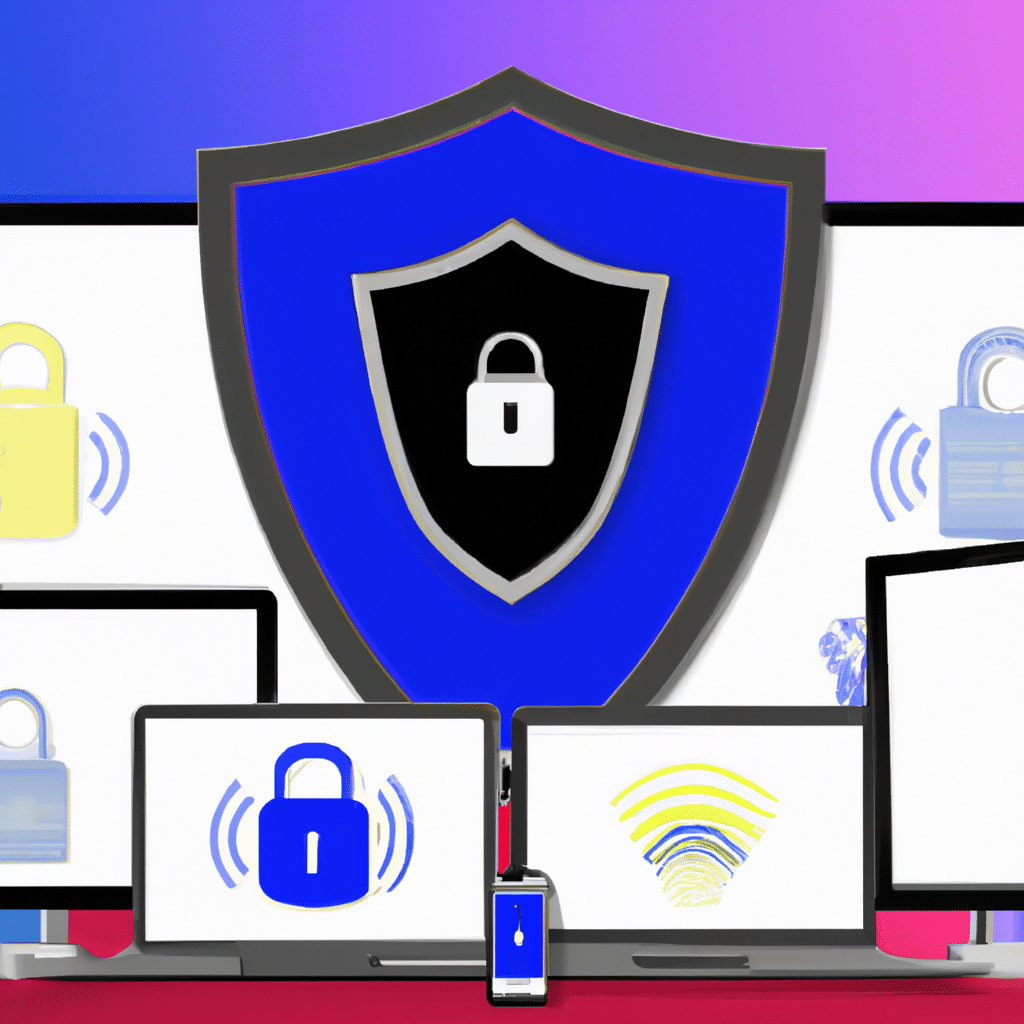How to Secure Your Home Network from Malware Infections
As technology continues to advance, the need for internet connectivity in our homes has become a necessity. With the rise of smart homes, the internet of things (IoT), and remote work, it’s crucial to ensure your home network is secure from malware infections. Malware is malicious software that can harm your devices, steal your personal information, and even take control of your network. In this article, we will provide you with essential tips to secure your home network from malware infections.

1. Use Strong Passwords
The first step in securing your home network from malware infections is to use strong passwords. Weak passwords are easily hacked, allowing cybercriminals to gain access to your network and devices. It’s recommended to use a combination of upper and lower case letters, numbers, and special characters. Avoid using common words, phrases, or personal information such as your name or date of birth.
2. Install Antivirus Software
Antivirus software is designed to protect your devices from malware infections. It scans your system for any malicious software and removes them. It’s essential to install antivirus software on all your devices, including your smartphones, tablets, and computers. Regularly update your antivirus software to ensure it can detect and remove the latest malware threats.
3. Keep Your Devices Updated
Cybercriminals often exploit vulnerabilities in outdated software to access your network and devices. Ensure that all your devices are updated with the latest security patches and software updates. Enable automatic updates to ensure your devices are always up to date.
4. Use a Firewall
A firewall is a security system that monitors and controls incoming and outgoing network traffic. It acts as a barrier between your network and the internet, preventing unauthorized access to your devices. Ensure that your router has a firewall enabled, and consider adding an additional firewall to your devices for added protection.
5. Disable Remote Access
Remote access allows you to access your devices from anywhere in the world. However, it also provides cybercriminals with an opportunity to gain access to your network. Disable remote access on your devices and only enable it when necessary.
6. Use a Virtual Private Network (VPN)
A virtual private network (VPN) encrypts your internet traffic and routes it through a secure server. It provides you with an additional layer of protection, making it difficult for cybercriminals to intercept your internet traffic. Use a VPN when using public Wi-Fi networks or when accessing sensitive information.
7. Be Cautious of Suspicious Links and Emails
Cybercriminals often use phishing emails and links to gain access to your network and devices. Be cautious of suspicious emails and links, and avoid clicking on links from unknown sources. If you receive an email from a known source requesting personal information, verify the email’s authenticity before providing any information.
Conclusion
Securing your home network from malware infections is crucial in protecting your devices and personal information. Use strong passwords, install antivirus software, keep your devices updated, use a firewall, disable remote access, use a VPN, and be cautious of suspicious links and emails. By following these essential tips, you can ensure that your home network is secure from malware infections.












